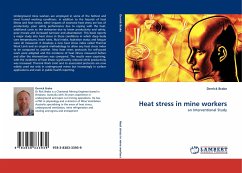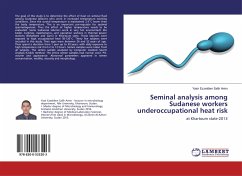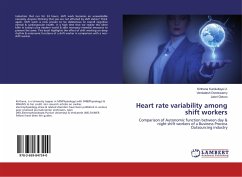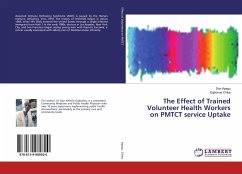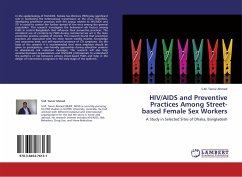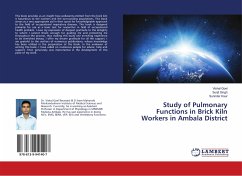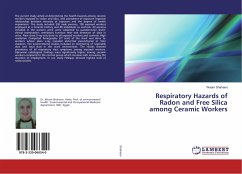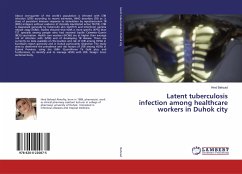Underground mine workers are employed in some of the hottest and most humid working conditions. In addition to the hazards of heat illness and heat stroke, other impacts of excessive heat stress are loss of productivity, poor safety performance due to coping with the heat, additional costs to the enterprise due to lower productivity and safety, poor morale and increased turnover and absenteeism. This book reports a major study into heat stress in these conditions in which deep body core temperatures, heart rates, fluid intake, hydration status and fatigue were all measured. It develops a new heat stress index called Thermal Work Limit and an original methodology to allow any heat stress index to be compared to another. New heat stress protocols for self-paced work were adopted and the incidence of heat illness measured before and after the interventions was compared. The results were surprising; with the incidence of heat illness significantly reduced while productivity was increased. Thermal Work Limit and its associated protocols are now widely used not only in underground mines but increasingly in surface applications and even in public health reporting.

